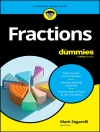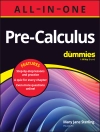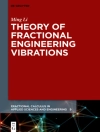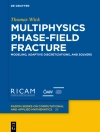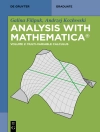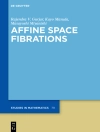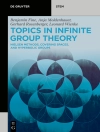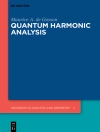This book addresses the modelling of mechanical waves by asking the right questions about them and trying to find suitable answers. The questions follow the analytical sequence from elementary understandings to complicated cases, following a step-by-step path towards increased knowledge. The focus is on waves in elastic solids, although some examples also concern non-conservative cases for the sake of completeness. Special attention is paid to the understanding of the influence of microstructure, nonlinearity and internal variables in continua.
With the help of many mathematical models for describing waves, physical phenomena concerning wave dispersion, nonlinear effects, emergence of solitary waves, scales and hierarchies of waves as well as the governing physical parameters are analysed. Also, the energy balance in waves and non-conservative models with energy influx are discussed. Finally, all answers are interwoven into the canvas of complexity.
Tabela de Conteúdo
1 Introduction— What is all that about?- 2 What is wave motion.- 3 How to model waves? .- 4 What are internal variables?
Arkadi Berezovski answers.- 5 What are evolution equations? . 6 What physical effects are involved? – 7 What physical mechanisms govern waves in non-conservative systems? – 8 What is complexity of waves? – References .- Index.
Sobre o autor
Jüri Engelbrecht, Prof, DSc, Dr h c is the Head of Centre for Nonlinear Studies (an Estonian Centre for Excellence in Research). His research interest is nonlinear wave motion, mathematical physics and complexity. He is author of several monographs on nonlinear waves (published by Pitman, Longman, Kluwer, World Scientific, Springer), has served Euromech Council and IUTAM Bureau for many years, has been awarded with the Estonian Science Awards (two times) and the Humboldt Research Award, has been the President of the Estonian Academy of Sciences (1994-2004) and the President of ALLEA (2006-2011).


